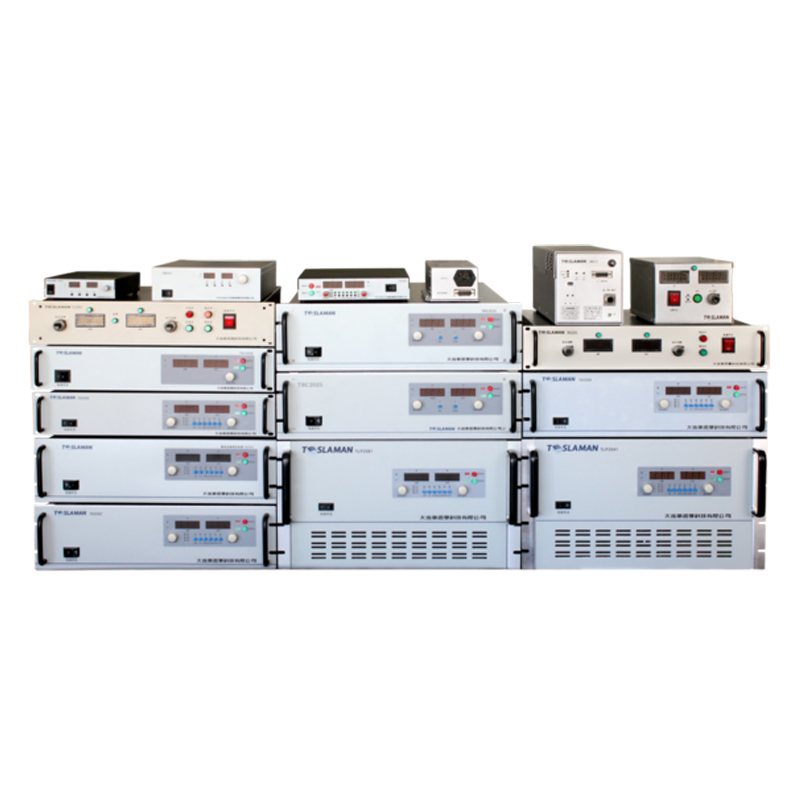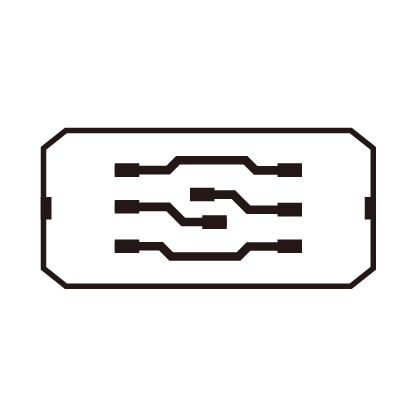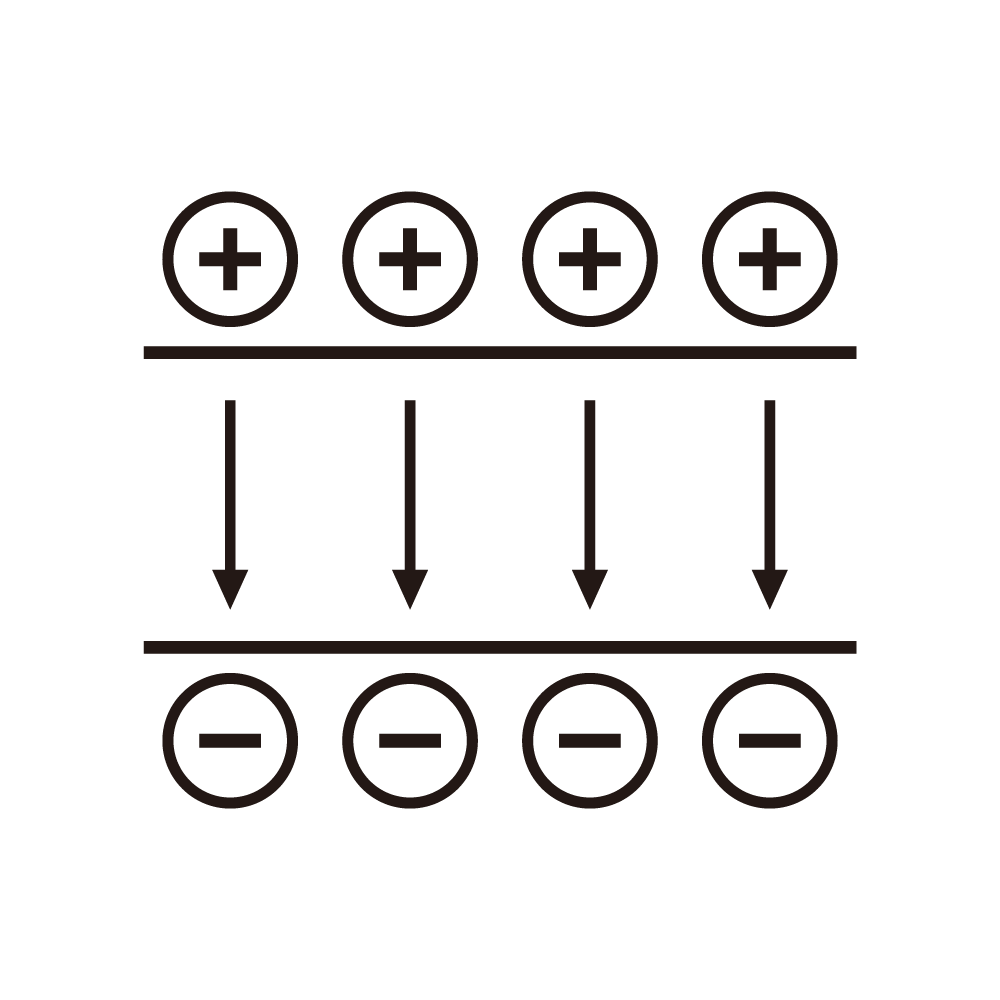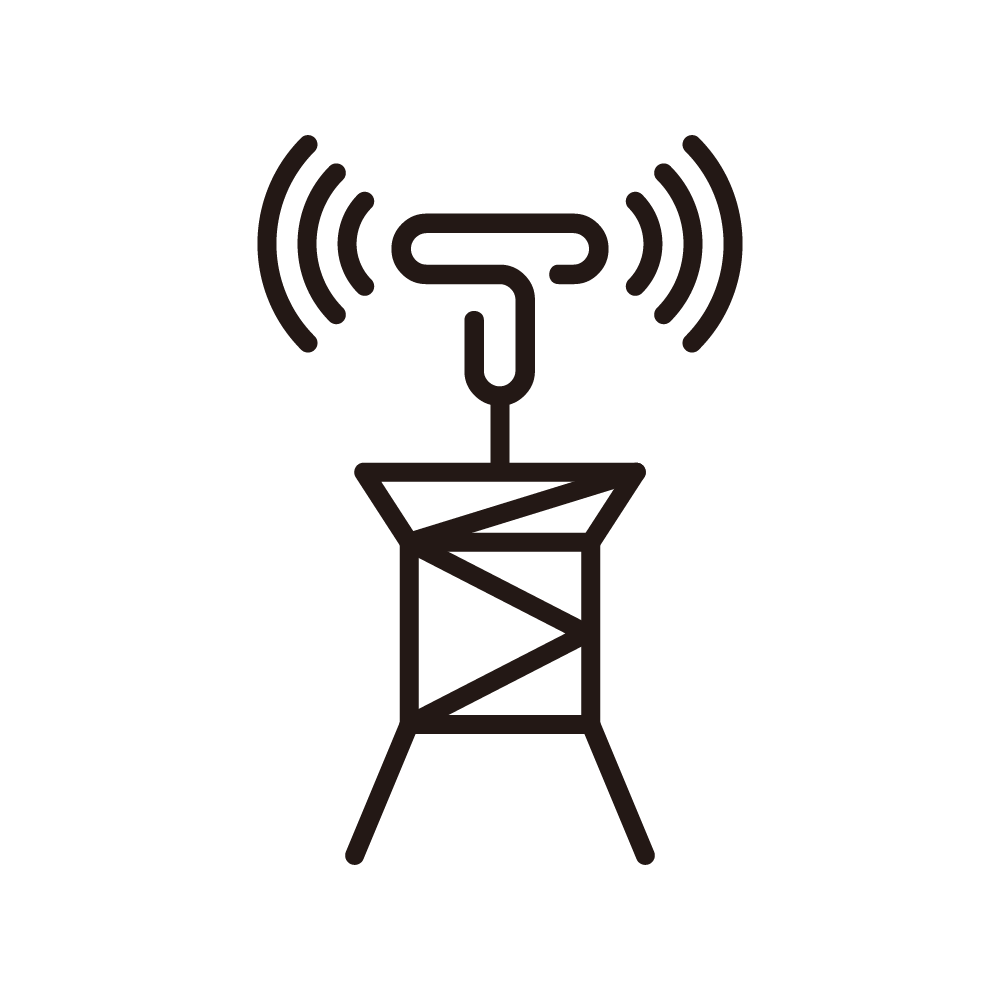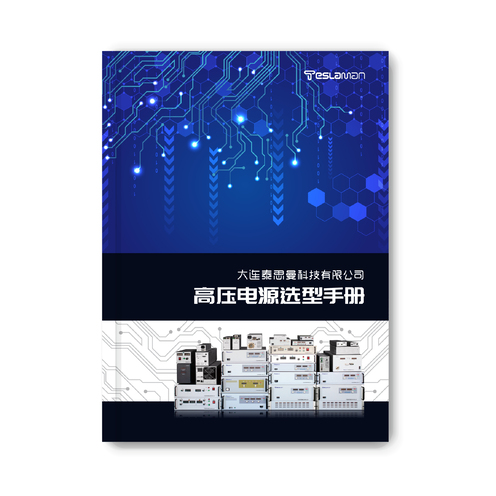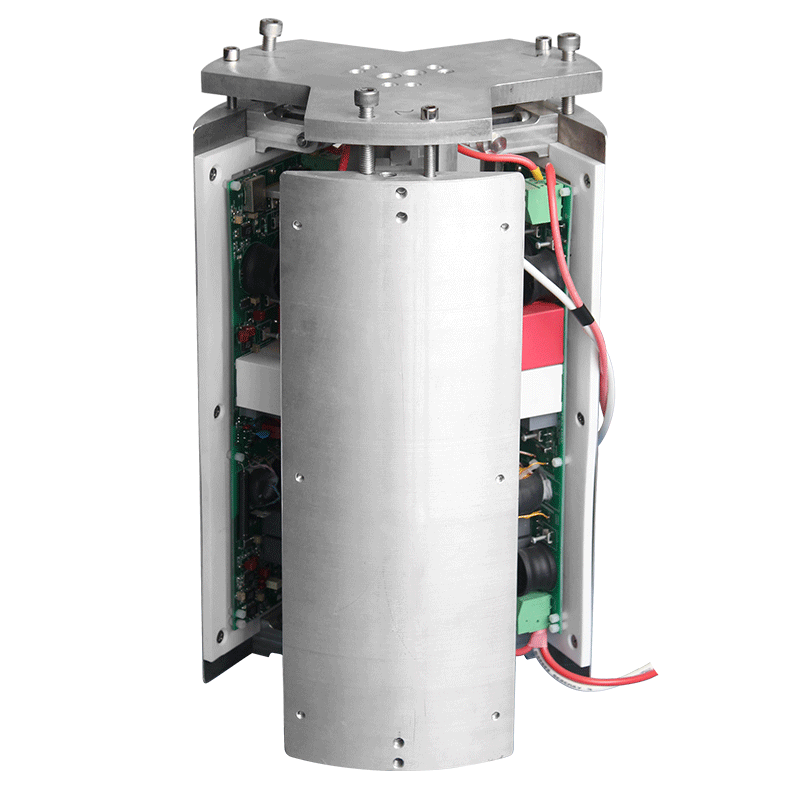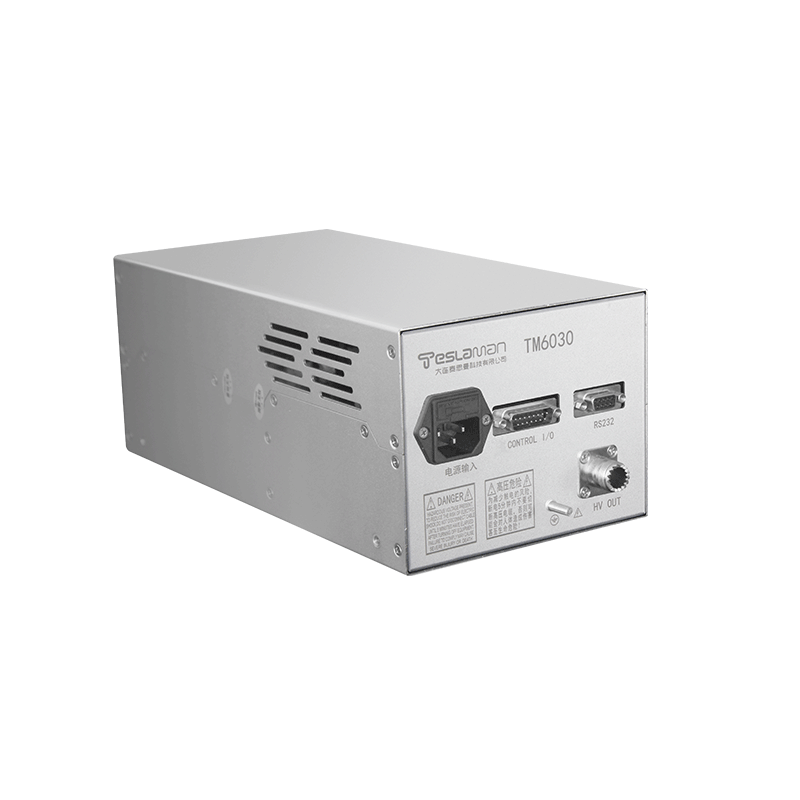Exploration of High voltage Power Supplies for Nondestructive Testing
In the fields of industrial production and quality control, nondestructive testing technology plays a crucial role. It can accurately detect the internal structure and defects of objects without causing damage. The high voltage power supply, as a core component of nondestructive testing equipment, has a direct impact on the accuracy and reliability of testing results. In depth exploration of high voltage power supplies for nondestructive testing is of great practical significance.
Nondestructive testing encompasses a variety of methods, such as radiographic testing, ultrasonic testing, magnetic particle testing, and penetrant testing. Different testing methods have different requirements for high voltage power supplies. Take radiographic testing as an example. By emitting X rays or gamma rays that penetrate the object being tested, an image is formed based on the differences in the attenuation of the rays inside the object, thereby detecting internal defects. This requires the high voltage power supply to provide a stable and high voltage output to ensure that the radiation source generates rays with sufficient intensity and energy. If the output of the high voltage power supply is unstable and the ray intensity fluctuates, the imaging quality will decline, potentially leading to the omission of small defects or misjudgments.
In ultrasonic testing, the high voltage power supply provides excitation pulses for the ultrasonic transducer. An ideal high voltage power supply should be able to generate pulse signals with fast rise and fall times, enabling the transducer to efficiently convert electrical energy into ultrasonic vibration energy. Precise control of the amplitude, frequency, and width of the pulses is crucial for testing objects of different materials and thicknesses, as well as for identifying different types of defects. For example, when testing thin walled materials, low amplitude and high frequency pulses are required, while for testing thick workpieces, high amplitude and low frequency pulses are needed.
From a technical perspective, improving the performance of high voltage power supplies for nondestructive testing faces many challenges. Firstly, there is the issue of stability. Factors such as ambient temperature and load changes can easily affect the output stability of the high voltage power supply. To address this problem, high precision voltage feedback control technology needs to be adopted to monitor the output voltage in real time, compare it with the set value, and then adjust the internal parameters of the power supply to ensure that the output voltage remains stable within a very small fluctuation range. At the same time, high quality electronic components should be used to reduce the sensitivity of component parameters to temperature changes and enhance the stability of the power supply.
Secondly, there is the issue of electromagnetic compatibility (EMC). When a high voltage power supply is operating, it will generate electromagnetic interference, which not only affects its own performance but may also interfere with the normal operation of surrounding electronic devices. In a nondestructive testing site, there are usually many types of electronic devices, so good EMC performance is particularly important. By reasonably designing the circuit layout of the power supply, using shielding technology to isolate electromagnetic interference, and using filter circuits to filter out high frequency interference signals, the EMC performance of the high voltage power supply can be effectively improved.
Furthermore, there is an increasing demand for the miniaturization and lightweight of high voltage power supplies. With the development of nondestructive testing technology towards on site and portable testing, higher requirements are placed on the volume and weight of high voltage power supplies. The use of new power semiconductor devices to increase the switching frequency can reduce the volume of magnetic components and capacitors in the power supply. Optimizing the power supply topology to reduce the number of components also helps to achieve the goals of miniaturization and lightweight.
The exploration of high voltage power supplies for nondestructive testing is a continuous evolutionary process. With the continuous development of materials science, electronic technology, control technology, and other disciplines, high voltage power supplies for nondestructive testing in the future will move towards higher stability, better electromagnetic compatibility, smaller volume, and lighter weight, providing strong support for the further improvement and widespread application of nondestructive testing technology, and helping to continuously improve the quality and safety assurance level of industrial production.
